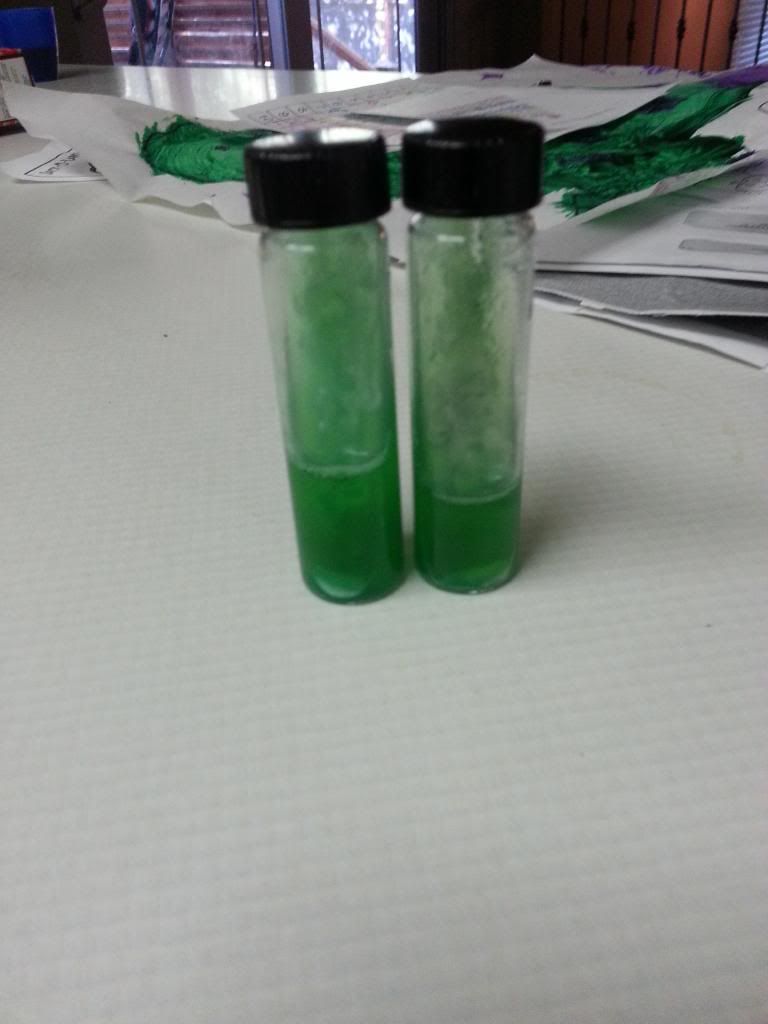I've been holding off on sharing my results so far, because I haven't grown up a starter from a slant and made a beer yet, and, to me, that is where the proof really is. But, here's what I found so far:
I found powdered white agar at an asian market. I found 24ml vials with autoclavable lids at cynmar.com, and got an alcohol lamp and loop as well. I use mason jars instead of beakers. The first batch of agar did not set due to not being mixed well enough - boiling DID seem to be needed. Using a mop handle gave me a good angle on the slant. I used a gauge-less pressure cooker, but the manufacturers manual said it achieved 15 pounds of pressure. When I slanted, I found, like many, a little liquid - maybe condensate - and just dribbled it out before I slanted. I slanted both liquid and dry yeast, both seemed to grow adequately. My slants did not show signs of other growth, and did not push the agar out of the vial like others have found. I did use the loop to push yeast into the agar, but not all the way through to the glass side of the vial. They are now taped up and in the fridge. I plan to "waste" one just to make sure it can be stepped up adequately, but since I'm not doing a yeast cell count, I won't know for sure - I'll just compare it to my experience based on appearance of yeast when I chill and decant before pitching.
Thanks to all of you who have contributed so much to this thread, especially the OP. I like the idea of maintaining a yeast bank as well as saving a little $ in the long run. I'm also especially excited about this because I'm putting together a 1 gallon AG test batch system, and love the idea of having more yeast to play with!



